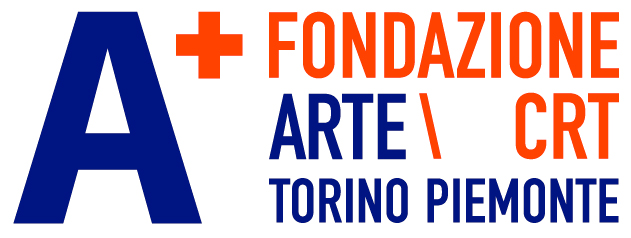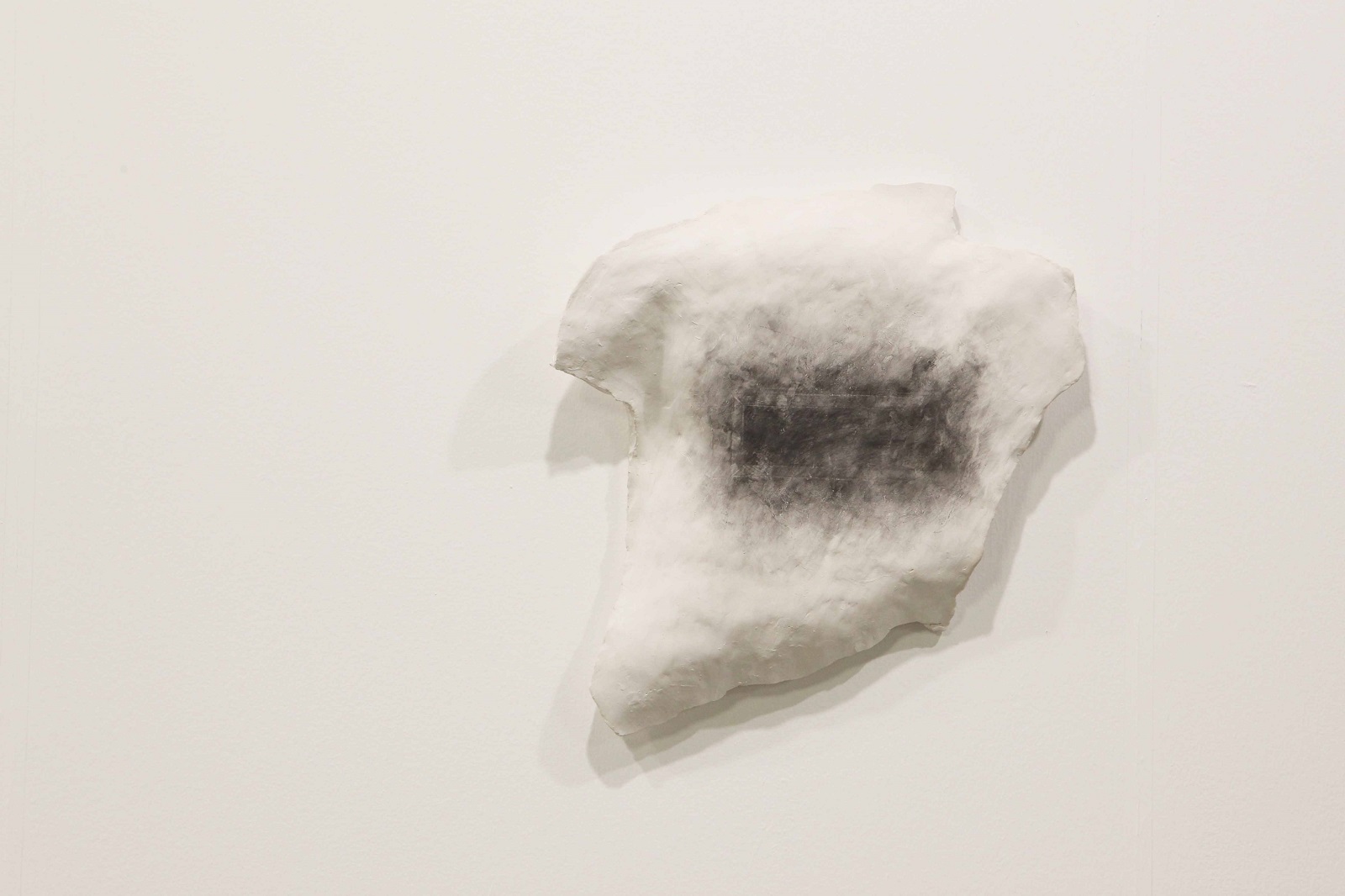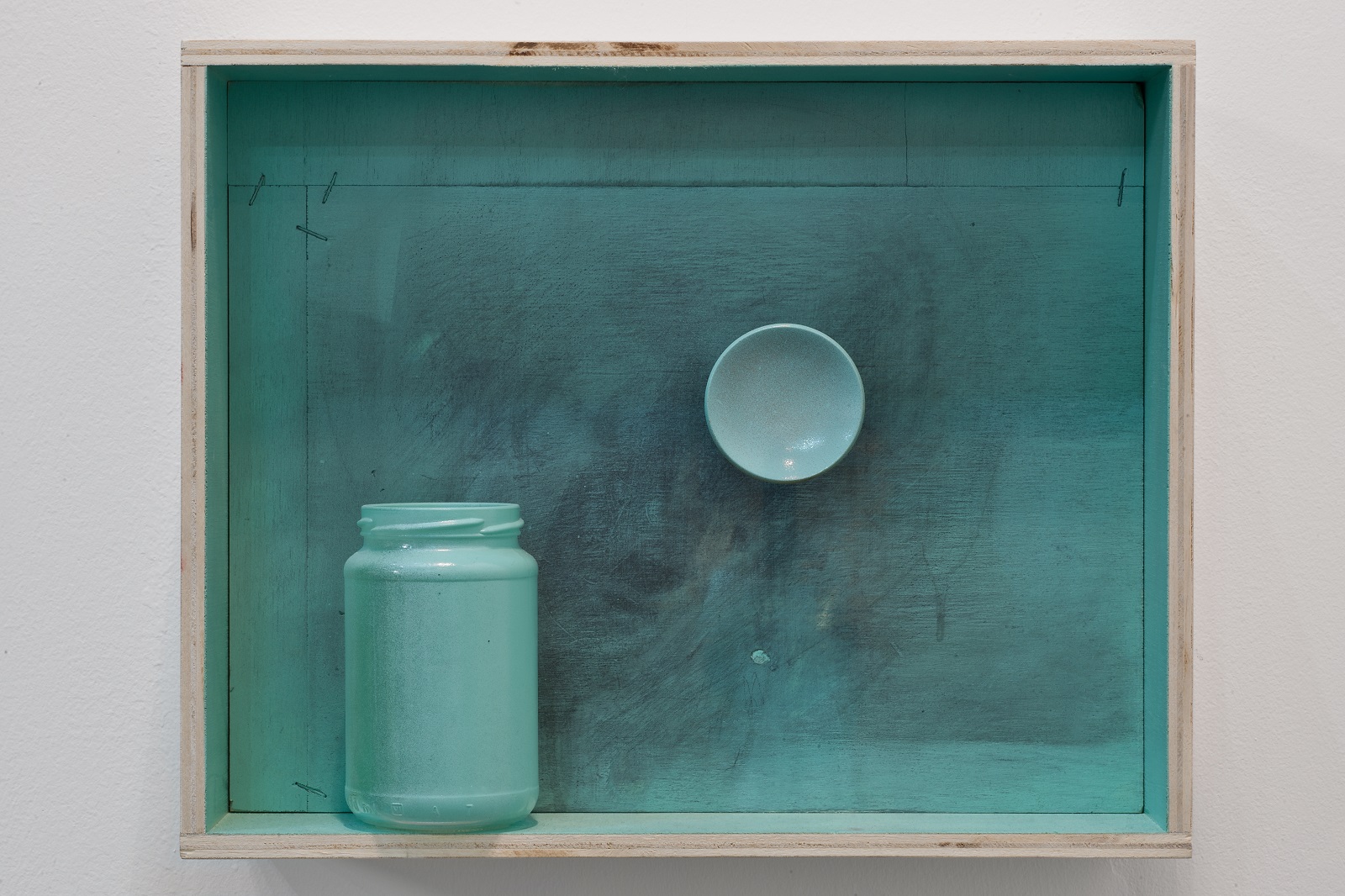Francesco Barocco’s art cannot be
easily summarized in terms of themes or languages but it is, first of all,
identifiable by an attitude that reflects the daily demands of work carried out
in the space of his studio, in a search for a sense of authenticity of creation
that cannot help but entail continuous new approaches. He forgets neither
traditional techniques, particularly engraving, nor history—the totality of
images from ancient to modern art, Western and otherwise, which he fully and
freely draws upon as a patrimony all his own. It is as if a universal museum,
in the manner of Malraux, an infinite atlas of works, were covering the walls
of his studio, opening them up to a world of references that is simultaneously
total and subjective. [...]


%20legno%20pittura.jpg)
%20ferro.jpg)
.jpg)
%20creta.jpg)
